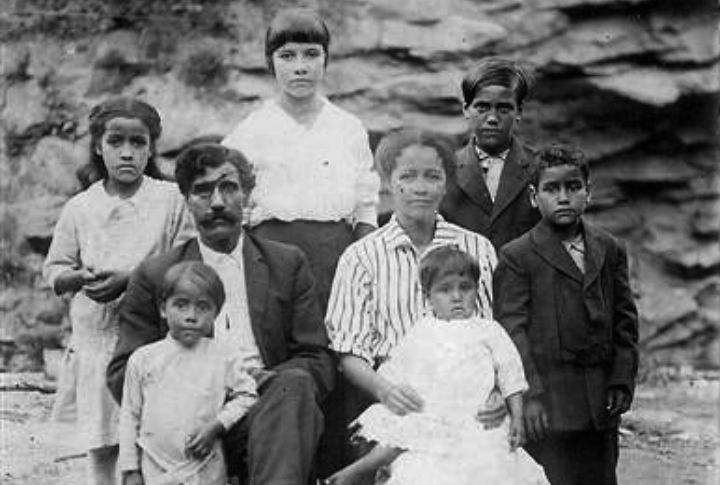
The Melungeons, a group often overlooked in history, have deep roots in the Appalachian region, shaped by resilience and isolation. Their story weaves together diverse ancestral backgrounds, creating a distinct cultural identity that quietly influenced the region’s traditions. Let’s explore the myths, struggles, and contributions of this hidden community.
Melungeons Were A Distinct Group In Colonial Virginia
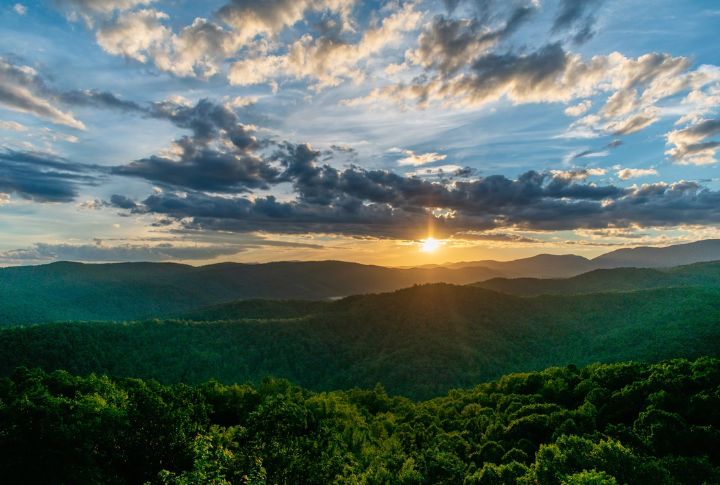
Long before the Civil War, a distinct group quietly slipped through the cracks of official records—now known as the Melungeons. Many left behind Virginia’s stricter laws and migrated into the Appalachian hills, often seeking refuge from social rejection. In those hidden hollows, they built a culture shaped by distance, resilience, and mixed ancestry.
The Term “Melungeon” First Appeared In 1813 Church Records
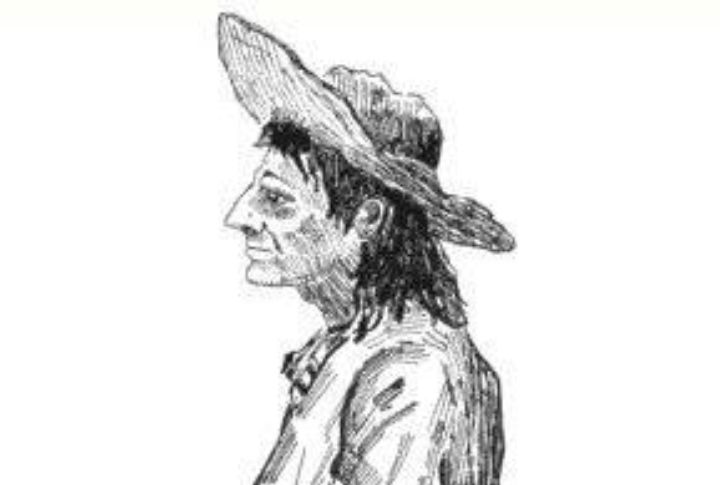
The term “Melungeon” was first recorded in 1813 church records, though its exact meaning was unclear. Initially used informally among communities, it gradually appeared in legal documents, including census records, court cases, and property deeds. Over time, the term evolved, reflecting the complex identities of those it described.
Melungeons Have A Diverse Ancestry
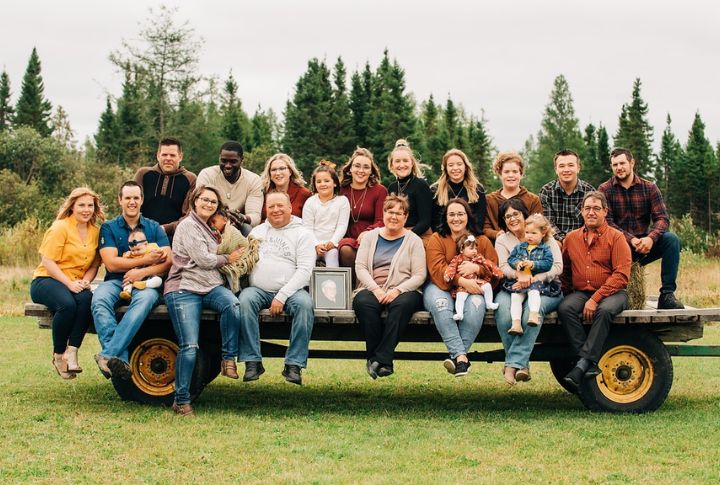
Genetic studies confirm that the Melungeon community has diverse ancestry, including European, Native American, and African roots. Traits like dark eyes and high cheekbones were passed down through generations, and medical research has also identified genetic markers linked to these distinct ancestral regions.
Myths About Melungeon Origins Persisted Over Time

Ideas about Melungeon origins spun far beyond reality. Some believed they were survivors of a shipwreck, while others imagined ancient empires lost in the mountains. Such theories flourished in places where facts were scarce, and imagination often filled the space where records ended.
Racial Classification Led To Discrimination Against Melungeon
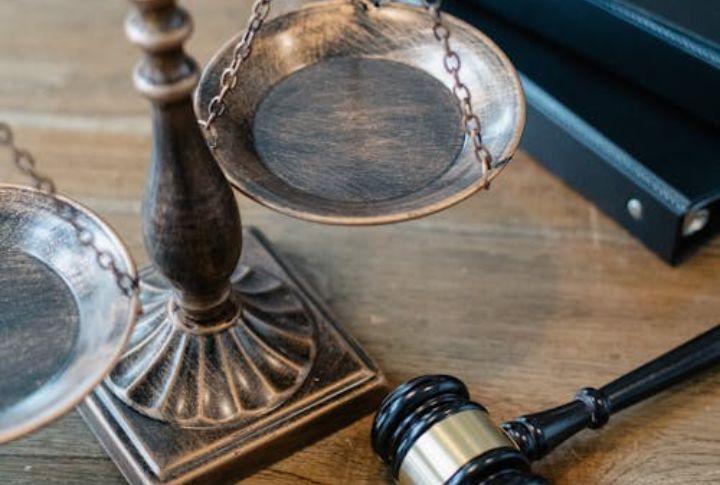
A simple change in how Melungeon families were classified by local or state authorities could condemn them to a future shaped by injustice. Their identity and history were disregarded. Official records held the power to strip away their legal rights and opportunities.
Melungeons Contributed To Appalachian Culture
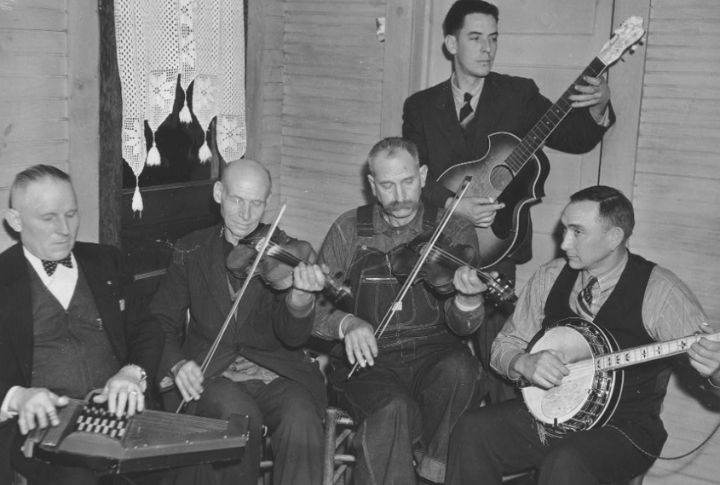
Melungeon traditions influenced Appalachian life by influencing hearty dishes like stews and cornbread, as well as shaping folk music. Their building styles blended log cabins with stone foundations. While these contributions often went unrecognized in books and museums, they were woven into the fabric of everyday life.
Genetic Research Uncovers Melungeon Health Patterns

Genetic studies have shown higher rates of sarcoidosis among some Melungeon descendants, particularly in the Appalachian region. Rumors of Behcet’s disease were also circulated, but no evidence supports this claim. However, fatigue, skin rashes, and breathing issues were commonly reported by families in these regions in the 19th and 20th centuries, suggesting a genetic origin.
Their Identity Was Rediscovered And Embraced Over Time
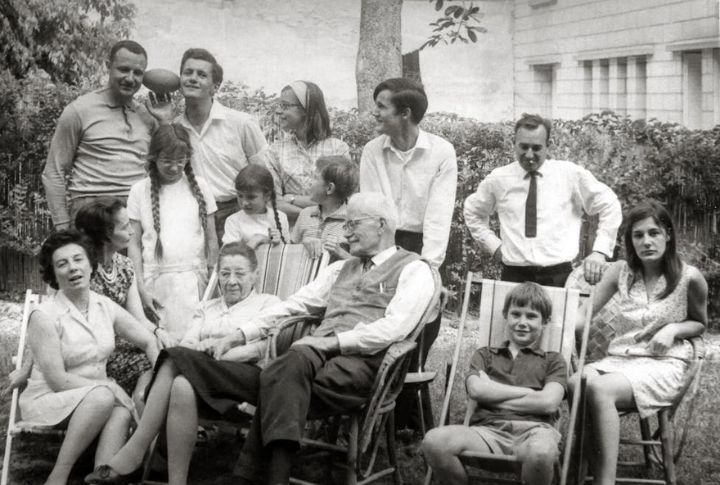
Curiosity often began with a photograph—an unfamiliar face that didn’t align with the familiar narratives. That face led to questions, which further led to old letters, and suddenly, the silence cracked. For many, reclaiming Melungeon roots felt like finding something they didn’t realize had been missing all along.
Melungeon Communities Were Geographically Hidden

The roads into Melungeon territory were difficult to navigate, with sharp bends and narrow bridges. Outsiders rarely knew these areas or understood their seclusion. They remained hidden not out of shame, but because privacy protected more than just their land—it preserved their way of life and identity.
Oral Histories Played A Key Role In Preserving Legacy

Stories never lived in books or official records. In every family, one person kept the memory alive. Even when details faded, the message stayed. This legacy survived through quiet conversations shaped by time, carried forward by those who respected what elders shared and accepted what remained unsaid.

